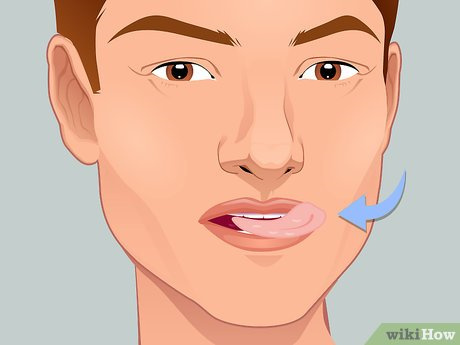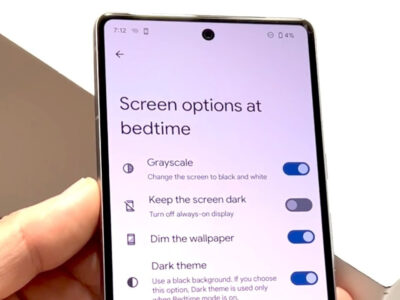Whistling loudly is a skill that may seem elusive at first, but it’s one that can be learned with practice and patience. Often it’s not about how strong a person’s lungs are but rather mastering the correct technique. Whether you want to hail a cab, grab someone’s attention from afar, or simply enjoy making a strong, piercing sound, learning to whistle loudly is a handy capability. Below, we’ll look at various techniques and tips that can help you develop a powerful whistle, ensuring that you can project your whistle far and wide.

Fingered Whistle
Many individuals aspire to produce that piercing, attention-grabbing whistle that can be heard from a distance. The fingered whistle technique is popular for its volume and clarity.
Detailed Steps:
- Wash Your Hands: Always start with clean hands to maintain hygiene, especially since they’ll be in your mouth.
- Prepare Your Lips: Moisten your lips by lightly licking them. Dry lips can make it hard to get a good seal.
- Form the Mouth Shape: Your lips should be drawn over your teeth, as if you’re saying the word “blue,” to form a tight, smooth surface.
- Position Your Fingers: Place the tips of your two pinkies, or index fingers, or thumb and index finger of one hand together to form an A shape.
- Insert Fingers into Mouth: Push your fingers slightly into your mouth, resting them against the tip of your tongue.
- Bend the Tongue Backwards: With your fingers in your mouth, push the tip of your tongue back with your fingers still touching, so the tongue is folded.
- Seal Your Lips: Close your lips tightly around your fingers to ensure no air can escape.
- Blow: Blow out of the small opening between your fingers, experimenting with the angle and force until you find the sweet spot for the loudest whistle.
- Adjust Finger Position as Necessary: It might take a few tries to find the perfect position for your fingers, so adjust as needed.
- Practice: Practice is key. Try different amounts of finger insertion, tongue positions, and blowing strengths.
- Hydrate: Keep your throat and lips moist during practice, as dryness can affect the sound.
Summary
The fingered whistle technique can create a loud and clear whistle once mastered. Its main benefit is the volume it can generate without straining your voice. The downside is it requires practice to find the right mouth and finger position, and it’s not hands-free.
Pucker Whistle
The pucker whistle, often used to emulate bird calls, may not be the loudest, but it’s a whistle technique that doesn’t require the use of your hands.
Detailed Steps:
- Wet Your Lips: Moisten your lips to prepare for whistling.
- Relax Your Lips: Pucker them as if you are giving a kiss, but more relaxed.
- Leave a Small Gap: Your lips should be tight enough to control the air, but loosened enough to allow a small gap for air to pass through.
- Draw Back Your Tongue: Retract your tongue slightly, keeping its sides up against your lower back teeth.
- Inhale Deeply: Take a deep breath. The more air you have, the longer you can whistle.
- Blow Slowly: Exhale steadily and gently. You should hear a tone if your lips and tongue are in the correct position.
- Practice: Keep practicing, altering the shape of your mouth and the strength of your blow until you get a clear, consistent sound.
- Increase Volume Gradually: As you get better, blow harder to increase the volume.
- Stay Relaxed: Don’t tense up; a relaxed approach usually leads to a better sound.
- Hydrate: Keep your mouth and lips moist by staying hydrated and occasionally wetting your lips.
Summary
The pucker whistle is a simple and hands-free way to produce a tuned whistle. It’s perfect for imitating tunes and bird calls but may not reach the same volume as other techniques. It’s easy to learn but requires practice to make it louder.
Tips and Tricks
After exploring specific techniques for loud whistling, let’s delve into some helpful tips and tricks that can help you refine your skills and add volume to your whistling.
- Stay Relaxed: Tension around the mouth and cheeks can interfere with whistle quality. Stay relaxed for better sound control.
- Breath Control: Learn to control your breath; use your diaphragm for stronger and more sustained whistles.
- Posture: Stand up straight or sit back comfortably to allow maximum lung expansion for better airflow.
- Watch and Learn: Observe others who can whistle loudly and learn from their technique.
- Record Yourself: Listening to recordings of your attempts can help you understand what you’re doing right or wrong.
- Tongue Placement: Small adjustments in tongue placement can have significant effects on the sound produced.
- Seal Lips Properly: Ensure a tight seal with no air leaks for a louder and clearer tone.
- Humidity Helps: Whistling in a room with higher humidity can sometimes make it easier and louder.
- Exercise Your Mouth: Strengthening your mouth muscles with exercises can help in achieving a louder whistle.
- Be Patient: Mastery comes with time and practice, so remain patient and consistent in your attempts.
Summary
These additional tips and tricks cater to the nuanced adjustments and practices needed to refine your whistling technique. While each tip helps enhance the quality of your whistle, patience and regular practice are essential. Remember, each person’s anatomy is different, so some experimentation will be needed to find what works best for you.
In conclusion, learning to whistle loudly is an attainable goal if you’re willing to commit to practice and patient exploration of techniques. There’s a wealth of nuance in the art of whistling, from tongue positioning to precise breath control, and mastering these intricacies can lead to impressive volume and clarity. The journey to a powerful whistle is both fun and rewarding, with the only potential downsides being time spent practicing and the occasional lightheadedness from repeated attempts. With clean hands, a relaxed posture, and a willingness to practice and adjust, anyone can elevate their whistling ability and perhaps even turn it into their own unique call to the world.
FAQs
-
Why can’t I get any sound when I try to whistle?
It could be due to several reasons, such as the improper positioning of your fingers, tongue, or lips. Make sure you follow the steps closely and make small adjustments. Remember, practice is key! -
Is it possible to whistle loudly without using your fingers?
Yes, the pucker whistle technique allows you to whistle without using your fingers. It might not be as loud, but with practice, you can increase the volume. -
How long does it take to learn to whistle loudly?
The duration varies from person to person depending on their practice schedule, their natural aptitude for whistling, and the time dedicated to mastering the various techniques. Regular, consistent practice hastens the learning process.









